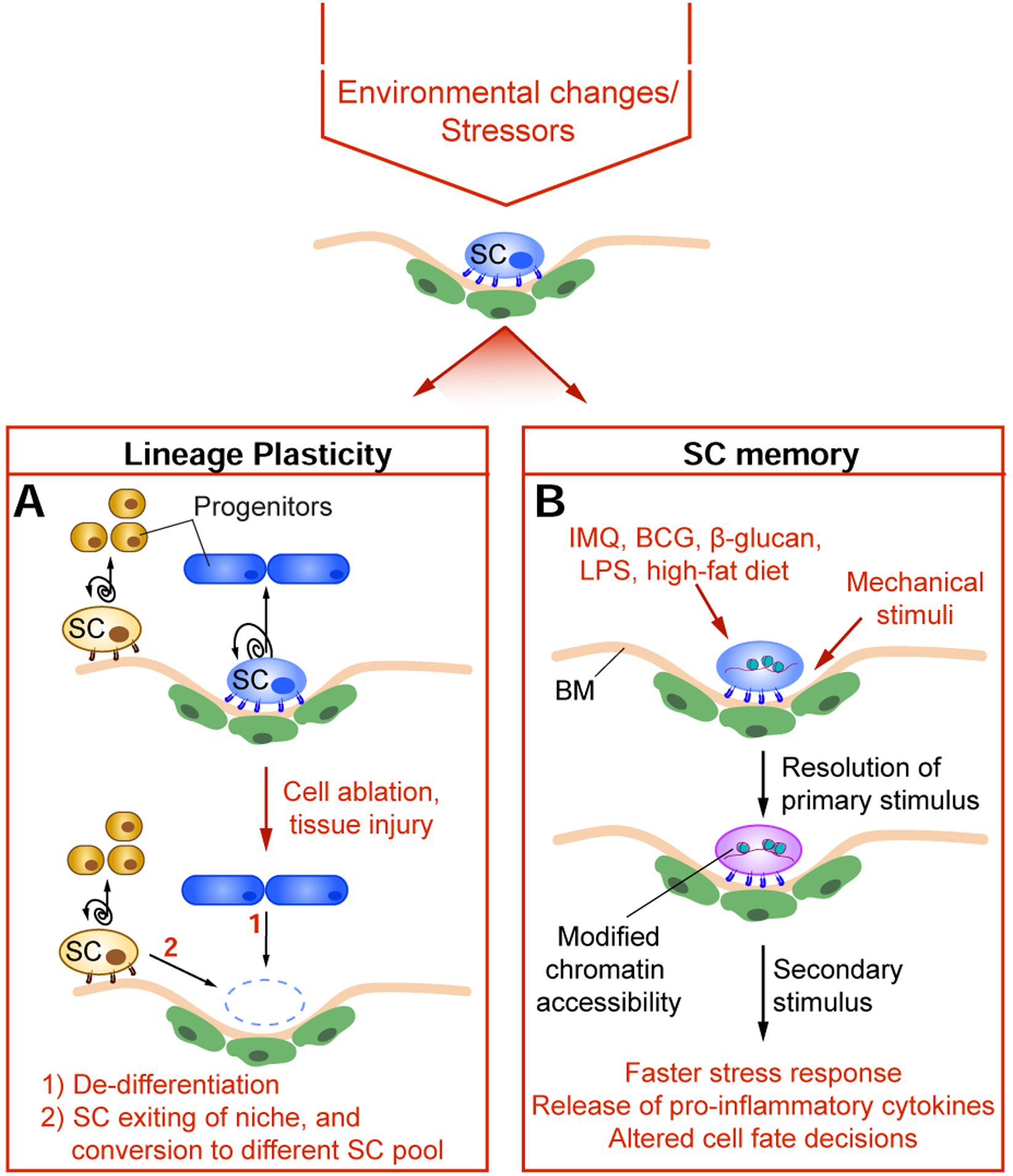Figure 2: Local perturbations or environmental stressors alter SC behaviors.

Environmental stimuli can alter stem cell (SC) function in a multitude of ways, with two key processes being lineage plasticity and SC memory. A) Under homeostatic conditions, each SC compartment is maintained by corresponding resident SCs. Following environmental perturbations, localized cell ablation or tissue injury, SCs become more plastic (i.e. their lineage choices become broadened and more flexible) and can migrate out of their niche, allowing for increased capacity to repair local tissue damage. Furthermore, differentiated progenitor cells can similarly undergo de-differentiation. Lineage plasticity is a key process in optimizing expeditious healing, where prolonged unresolved wounds would otherwise have detrimental consequences to the host. B) Exposure to environmental stimuli and stressors (such as IMQ (Imiquimod), BCG (Bacillus-Calmette-Guérin), β-glucan, LPS (Lipopolysaccharide), and high-fat diet) can have a long-lasting impact on SC function following resolution of the initial insult and its associated pathology. Adult SCs also intimately interact with the basement membrane (BM) to maintain their potency, with mechanical stimuli having broad effects on SC memory and function. SC memory results in long-term cellular alterations, often at the chromatin level. Upon re-exposures to environmental stressors, SCs exhibit altered behaviors, such as faster stress response (such as re-epithelization), elevated production of inflammatory cytokines (such as IFNγ and TNFα), and altered cell fate decisions (such as increased myelopoiesis in the case of HSCs, or osteogenic differentiation in the case of MSCs).
